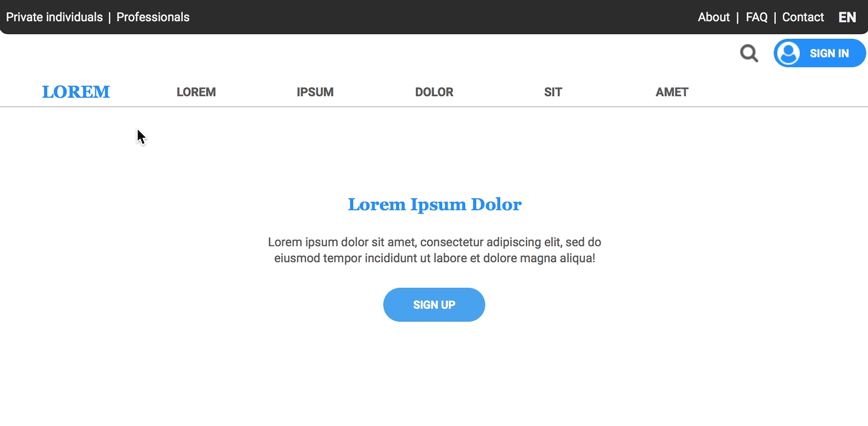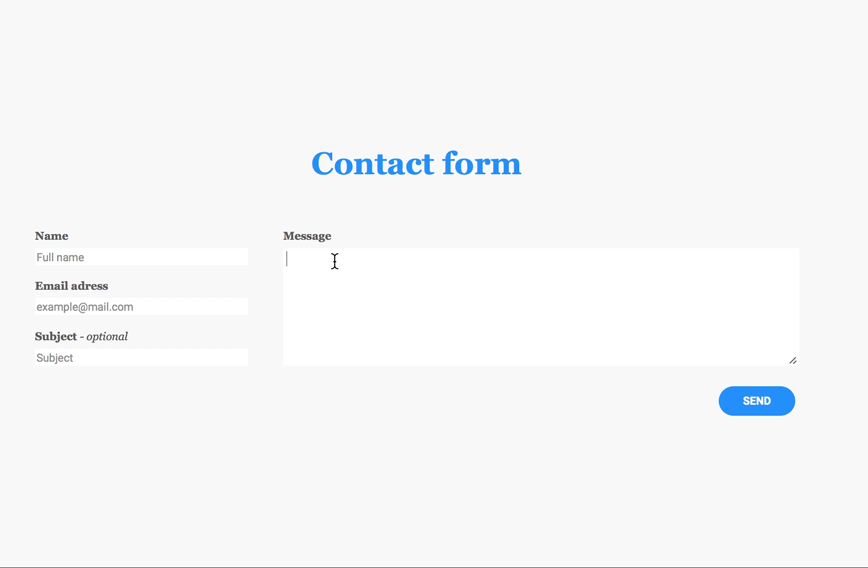Verdict
Both of the programs can help you in a UX/UI project. I would recommend using Adobe Xd at the start of a project because Adobe Xd is perfect for some first designs or a small project and let’s hope that the developers are creating some other awesome features fast.
For a bigger and more complex project I would recommend you use Axure RP, by all means, because in Axure you can create more details and more interactions. If you are also planning to do some user tests, you should definitely create your prototypes in Axure RP.
In the meantime, we’re also waiting for Axure RP 9, of which the beta version is already launched. I didn’t try Adobe 9 beta yet. But I look forward using a few new features like smart snapping, distance guides, sketch-to-axure plugin and the inline editing of the dynamic panels If you already tried the unfortunately version, please let me know what you think. For those who didn’t downloaded it yet, you can easily check out the list of new features on the Axure blog. (https://www.axure.com/blog/axure-rp-9-beta/)
Despite to the comparison I made above, there are also other factors that will influence your choice, for example the price, the available programs that your client uses, the integration with other programs or applications, …







